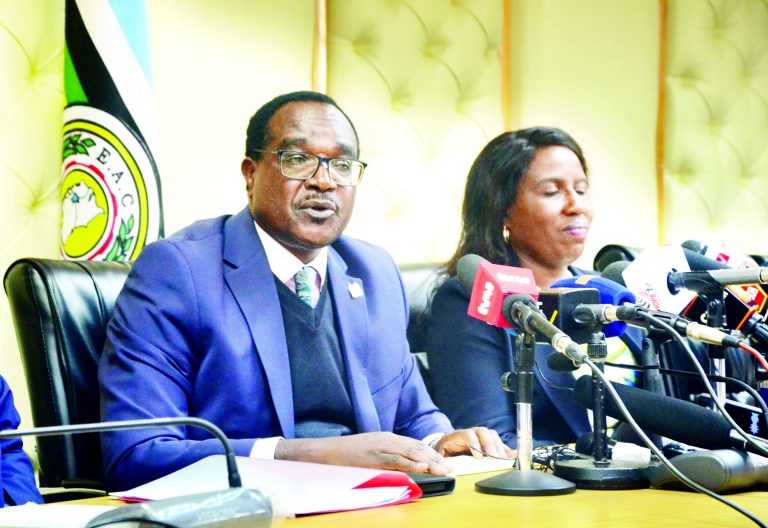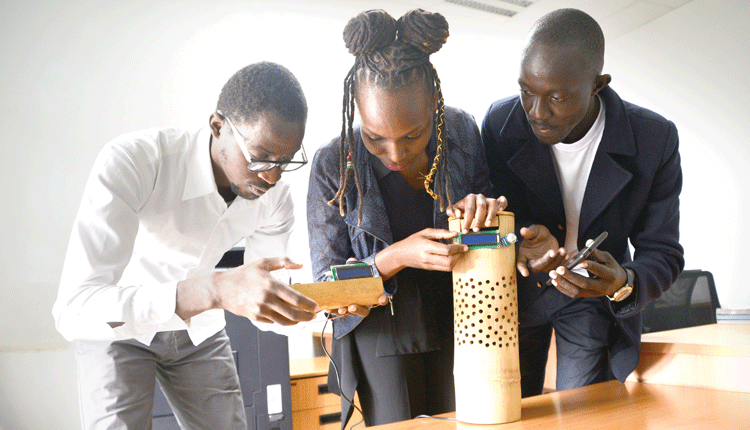Harness youth innovation to achieve growth agenda
By Raphael Obonyo, November 17, 2022An integrated approach in tapping the many innovations being channeled out by Africa’s youth is a crucial link lacking, which has kept many would-be successful innovators impoverished.
Although the continent has invested immense resources in information and communication technology, Africa still lags behind in modernising and expanding universal education. There is also a low capacity of research institutions to strongly anchor the many innovative breakthroughs into Africa’s economic growth and prosperity.
The 2019 Global Innovation Index found that low education, low investment in research, and uneven adoption of innovative processes, products and solutions by businesses have held back innovations in many African countries.
A comprehensive strategy is now required to support Small and Medium Enterprises (SMEs), which have evolved informally and with very weak supportive policy frameworks despite their importance in the number of jobs they have created. The new policy thinking must cut across all the sectors- agriculture, health and transport among many others. With 70 per cent of Africa’s population under the age of 30, the continent has the largest youthful population that presents immense potential for growth. This gives the continent the greatest opportunity in history, if only each young person, with immense ideas and new energy they harbour, is looked into as an asset.
Young people must be placed at the centre of development planning and must be involved when African governments embrace new technology. The continent has in recent years birthed exemplary young inventors and innovators that represent the very best of what happens when we partner and invest in young people. A good example is M-Pesa, the Kenyan innovation that has revolutionised financial services and is now being replicated elsewhere on the continent. It has provided a seamless platform for carrying out financial transactions that have transformed the livelihoods of all Kenyans.
Another key innovation is m-Pedigree, an application invented by a young Ghanaian to enable consumers to identify counterfeit drugs – a major problem affecting the continent. This is another innovation that can be embraced in the entire continent with a far-reaching impact on job creation for our young people.
As President Paul Kagame keeps on reminding us, to develop, we must innovate. Africa is full of creative and tech-savvy youth looking for the right platform to contribute solutions. Indeed, governments in Africa must foster an enabling environment for youth innovation by meeting their innovation needs, promoting and supporting required legislation and working with them as partners and not mere beneficiaries.
We must remodel our education to reflect the emerging global technological demands and give young people innovations confidence so that they can be able to compete globally. This can be done by setting up innovation hubs to provide working spaces and research centres on technology trends, knowledge and strategic innovation management and industry-specific insights. The hubs should also help young people turn into entrepreneurs.
Currently, many African start-ups cannot find the risk capital they need. There is a need to set up an innovation fund to be invested directly in start-ups and SMEs. This will also help attract additional risk capital from the private sector. Because if we want innovative ideas to make it to the market, we have to support those who are willing to take risks. The private sector has a demonstrated capacity of relying on young people in driving the sector.
As UNDP’s former head, Hellen Clark remarked, with youth comes energy, vibrancy and optimism. Failure to invest in opportunity for youth can quickly lead to the opposite –alienation and energy turned into destruction rather than constructive directions.
— The writer is a is a Public Policy Analyst
More Articles

